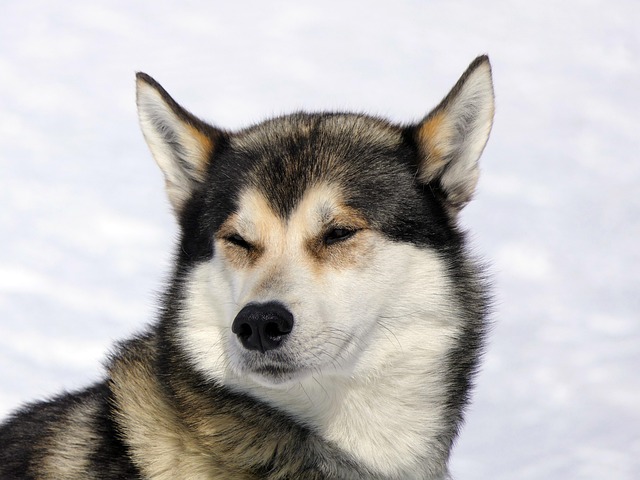
What is the best thing for dogs to chew on to clean teeth
If you’ve ever wrestled with a squirming pup to brush their teeth—only to end up with slobber on your shirt and a toothbrush chewed to bits
Huskies’ eyes, with their piercing blues and striking heterochromia, are part of what makes the breed so iconic. But beneath that beauty lies a set of genetic vulnerabilities that every owner should recognize. One of the most concerning is progressive retinal atrophy, or PRA, a group of diseases that gradually destroy the retina’s ability to process light. It often starts subtly—your Husky might struggle to navigate in low light during evening walks, or hesitate before descending stairs as dusk falls. By the time full blindness occurs, the damage is irreversible.
Cataracts are another frequent visitor in Husky genetics, sometimes appearing as early as 2 years old. These cloudy formations on the lens can blur vision significantly, and in severe cases, surgery might be necessary to restore sight. What many owners don’t realize is that some local regulations tie pet welfare to timely medical care; letting a painful, vision-impairing condition linger could raise red flags with animal welfare authorities, especially in areas with strict codes on responsible pet ownership.
Then there’s corneal dystrophy, a condition where abnormal deposits build up in the cornea, the eye’s clear outer layer. You might notice a hazy film or white spots, and your Husky may squint more on sunny days or rub their eyes after romps in dry, dusty fields—common pastimes in many suburban and rural areas. This isn’t just uncomfortable; it can increase the risk of infections, which might require antibiotics that need veterinary prescriptions, aligning with laws that restrict over-the-counter medication use for pets.

Genetics aren’t the only factor, but they’re a big one. These conditions are often passed down through bloodlines, which is why choosing a breeder who conducts DNA testing on parent dogs is non-negotiable. Reputable breeders will share results of genetic screenings for eye diseases, a practice that aligns with broader efforts to promote healthy breeding across communities. Skipping these checks isn’t just a gamble on your puppy’s health—it can run counter to unspoken local norms that value transparency in pet breeding.
Preventive care goes a long way. Regular vet visits, ideally every 6 months for adult Huskies, should include thorough eye exams. Many clinics now offer quick, non-invasive genetic tests that can identify markers for these diseases early, even before symptoms show. This isn’t just proactive—it’s practical, especially if you live in an area where outdoor activities like hiking or snowmobiling are part of daily life; a Husky with compromised vision is more likely to get injured during these adventures.
Environmental factors play a role too. Dry, cold air or intense sunlight—common in many regions—can irritate Husky eyes, exacerbating genetic tendencies. Keeping a vet-recommended eye lubricant on hand during harsh weather isn’t just kind; it’s a simple step to protect their comfort and vision. And remember, when traveling with your Husky, some areas have specific rules about pet health certificates—including proof of up-to-date eye exams—so keeping records handy avoids hassle.
At the heart of it, caring for a Husky’s eyes is about more than preserving their looks. It’s about ensuring they can enjoy every part of life—chasing a ball in the backyard, exploring a new trail, or simply gazing up at you with that familiar, trusting stare. By staying informed, working with your vet, and prioritizing genetic health from the start, you’re giving your Husky the best chance to see the world clearly for years to come.

If you’ve ever wrestled with a squirming pup to brush their teeth—only to end up with slobber on your shirt and a toothbrush chewed to bits

That faint whiff of fishy breath when your Golden Retriever greets you isn't just "dog smell" – it's likely the first clue to canine periodontal disease

Ever felt that sinking worry when your energetic Labrador suddenly loses its appetite or starts a persistent belly rumble?Regular deworming isn't just a checkbox on a pet care list—it's a vital shield protecting your furry best friend from hidden health t

Watching your dog pant heavily on a hot day, or noticing their nose is dry and their eyes look sunken, can send a wave of panic through any new pet owner.

Cooking homemade meals for your dog feels like an act of love—chopping fresh veggies, simmering lean meat, knowing exactly what’s in their bowl.

Picture this: You're scrambling to get ready for work, your golden retriever nudges your hand, and your daily multivitamin tumbles onto the kitchen floor.